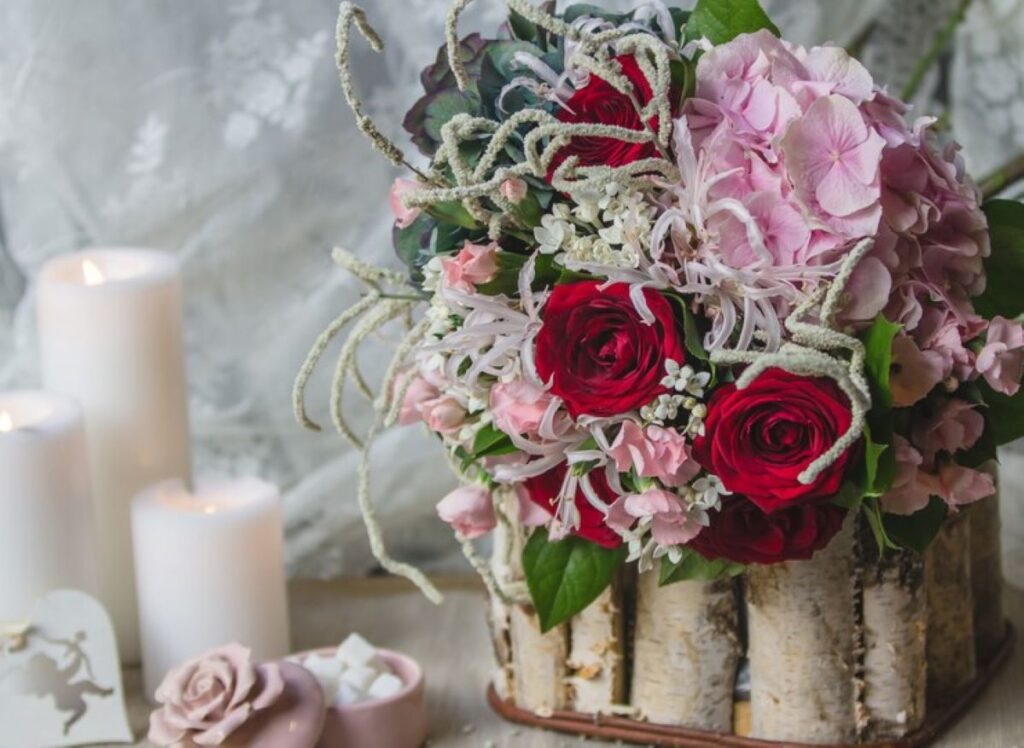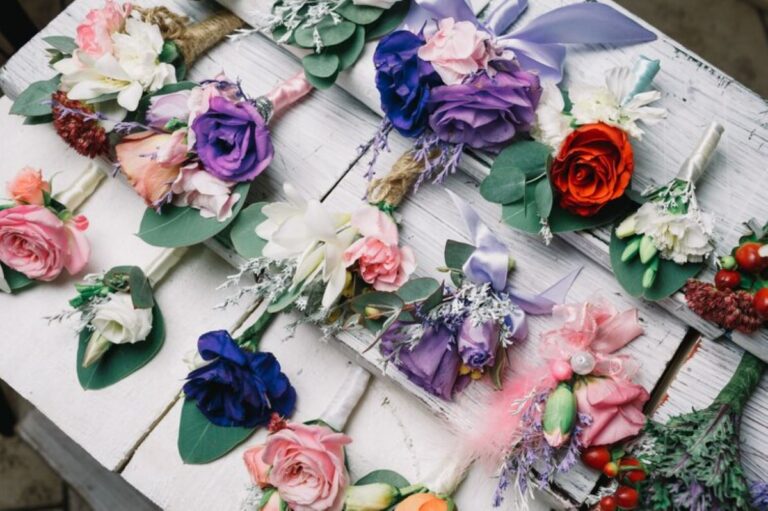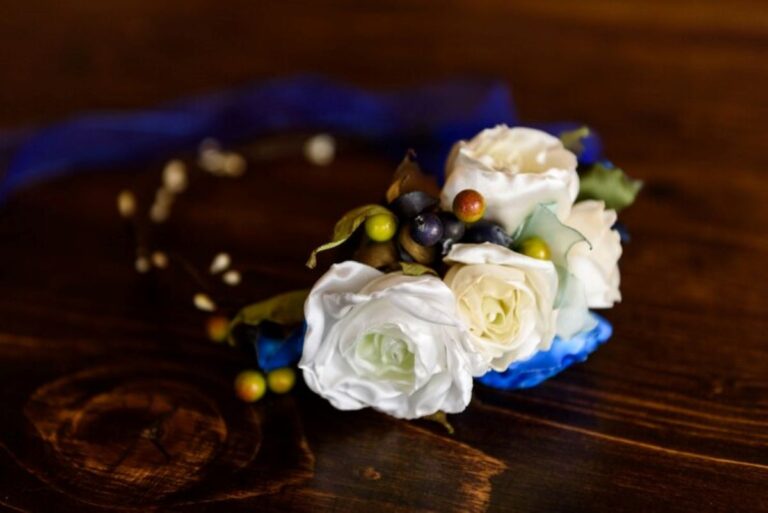There’s something irresistible about brushing your hand across a patch of lavender on a summer afternoon. The scent—sweet, herbal, calming—lingers on your fingertips like a whispered memory. The soft purple hues swaying in the breeze lend a dreamy charm to any garden, drawing bees, butterflies, and daydreamers alike. Lavender doesn’t just bloom; it soothes. It doesn’t just smell lovely; it heals.
While roses may hold the crown for romantic symbolism and visual drama, lavender is the quiet alchemist of the garden—a humble healer, a beauty in its own right, and a reminder that sometimes the softest things leave the deepest impressions.
Let’s walk into the fragrant world of lavender and discover why this ancient herb is cherished not only for its therapeutic magic but also for its effortless elegance in gardens and homes around the world.
A Fragrant Invitation: Why Lavender Captivates
You don’t have to be a gardener to fall in love with lavender. From the essential oils in your diffuser to the calming teas in your pantry, lavender has a way of finding its place in your life.
What makes lavender so special isn’t just its iconic scent or soothing color—it’s the combination of beauty and purpose. Lavender is as functional as it is ornamental. It can grace a cottage garden, scent a linen drawer, calm anxious minds, and repel pests—all at the same time.
Whether tucked along a garden path or bundled in a sachet beneath your pillow, lavender works quietly but powerfully in the background, earning its place not through flash, but through faithfulness.
See more: Find the Best St Leonards Flower Delivery for Every Occasion
Symbolism: Lavender in Lore, Love, and Life
Like roses, lavender carries a rich tapestry of symbolism that stretches across cultures and centuries.
Calm and Clarity
Lavender is most widely associated with serenity, grace, and peace of mind. In many traditions, it’s used to cleanse energy and space—burned like sage or hung in doorways to ward off negativity.
Devotion and Purity
In ancient Rome and Greece, lavender was linked to purity and cleanliness, often used in public baths and ritual cleansing. Its use in religious ceremonies symbolized spiritual devotion and inner clarity.
Love and Protection
Folklore from the Middle Ages paints lavender as a talisman of love and protection. Women tucked lavender sprigs into their bodices to attract lovers, while sachets under pillows were thought to bring dreams of one’s true love.
In the Victorian “language of flowers,” lavender conveyed messages of loyalty, calm, and undying affection—a quiet echo of the rose’s louder declarations.
Varieties: Shades of Lavender in Every Sense
Lavender isn’t a one-size-fits-all plant. With over 45 species and 450+ varieties, there’s a lavender for nearly every climate, style, and scent preference. Each variety brings something different to the garden and apothecary table.
Here are a few garden standouts:
English Lavender (Lavandula angustifolia)
- The classic variety for perfumes and essential oils.
- Compact, richly fragrant, and cold-hardy.
- Varieties include ‘Hidcote’ (deep purple) and ‘Munstead’ (paler lavender-blue).
French Lavender (Lavandula dentata)
- More ornamental, with frilly “rabbit ear” bracts on top.
- Slightly more delicate scent.
- Great for containers and warmer climates.
Spanish Lavender (Lavandula stoechas)
- Distinctive with its pineapple-shaped flowers and showy petals.
- Bold scent with a hint of camphor.
- Blooms earlier than other varieties.
Lavandin (Lavandula x intermedia)
- A hybrid of English and Portuguese lavender.
- Taller with long stems and strong fragrance.
- Ideal for large bundles, wands, and dried arrangements.
White and Pink Lavender
- Less common, but increasingly popular in cottage and romantic gardens.
- Offer softer color palettes for mixed borders and wedding bouquets.
Each variety has its own charm, but all lavenders share the same essential gift: an aromatic embrace that lifts the spirit and calms the senses.

A Global Treasure: Lavender Around the World
While lavender is native to the Mediterranean, it has found a global audience. Its adaptability to dry, sunny climates has helped it flourish in many regions.
- France is the spiritual home of modern lavender cultivation. The rolling lavender fields of Provence are as iconic as the sunflower fields of Tuscany. French lavender is prized for both its oil and its visual beauty.
- In England, lavender thrives in hedgerows and garden borders, often paired with roses in cottage-style beds.
- Australia and New Zealand have also embraced lavender farming, producing essential oils, skincare, and herbal teas.
- Japan, surprisingly, has developed its own lavender tourism industry—particularly in Furano, Hokkaido, where vibrant fields bloom each July, attracting thousands of visitors.
This widespread love affair is a testament to lavender’s universal appeal, crossing language and landscape with the gentle insistence of scent and color.
The Healing Side of Lavender: Nature’s Little Doctor
Lavender’s healing powers are not just legend—they’re backed by science.
Stress and Sleep
One of lavender’s most well-known uses is as a natural relaxant. Studies show that inhaling lavender oil can reduce cortisol levels, ease anxiety, and improve sleep quality. It’s a gentle remedy for modern overstimulation—a few drops on a pillow, a warm lavender bath, or a simple sachet under the mattress can work wonders.
Skin and Wounds
Lavender has antiseptic and anti-inflammatory properties. It’s often used to soothe burns, insect bites, and minor skin irritations. Lavender oil, when diluted, can also help with acne or sun-damaged skin.
Headaches and Digestion
Lavender tea or essential oil can help ease tension headaches, indigestion, and nausea. It’s no cure-all, but it’s a gentle ally in your herbal toolkit.
Household Use
Lavender is a natural insect repellent, keeping moths, mosquitoes, and flies at bay without harsh chemicals. It also adds a delightful freshness to linens and cleaning solutions.
It’s no wonder lavender has been called “the Swiss army knife of herbs.” Few plants offer so much in such a small bundle.
Timeless Elegance in the Garden and Beyond
Lavender is as beautiful to behold as it is beneficial to use. It’s the plant that makes gardeners linger, bending low for another breath of calm.
In design, lavender is often paired with silvery foliage like artemisia or dusty miller, as well as with deep purples, pinks, and whites for contrast. Its upright, spiky form offers structure, while its gentle color palette brings softness to borders and pathways.
In Art and Inspiration
From Monet’s lavender fields to Provence postcards and luxury spa branding, lavender has come to symbolize refined simplicity. Its muted purple hue is associated with peace, grace, and gentle femininity.
In Weddings and Celebrations
Lavender is increasingly used in wedding bouquets, boutonnieres, and décor, representing devotion and tranquility. Dried lavender is also a sustainable alternative to confetti—biodegradable, fragrant, and symbolic of joy and unity.
Conclusion: Lavender’s Lasting Whisper
If roses are the love letters of the garden, then lavender is the quiet lullaby. It doesn’t shout for attention, but once you know its gifts—its scent, its softness, its soul—it’s hard to imagine your world without it.
As a gardener and a lover of things that bring both beauty and purpose, I find lavender to be one of the most rewarding plants to grow. Watching the bees flit from bloom to bloom, harvesting bundles for drying, or simply pausing at dusk to breathe in its calming perfume—it becomes more than a plant. It becomes a ritual, a rhythm, a moment of grace.
So whether you grow it in a sunny pot on your balcony or wander through wide fields of purple haze, let lavender remind you: sometimes the quietest blooms hold the deepest power.
“Lavender is the soul of Provence.”
— Jean Giono
Let it be the soul of your garden, too.




